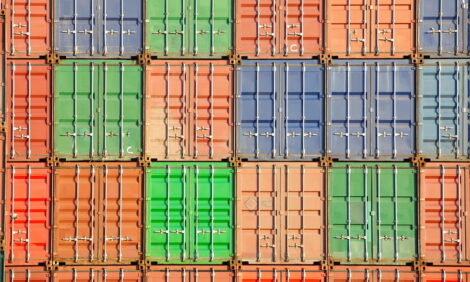



Filling the winter feed gap
In the humid subtropic regions of New South Wales, Australia, filling the winter feed gap is a challenge that many producers face when seeking to boost stocking rates and overall productivity on-farm.
For the past two years, beef producer Tom Amey has hosted an MLA Producer Demonstration Site (PDS) project on each of his two properties, ‘Araucaria’ at Mummulgum and ’Greenmount’ at Dyraaba, to investigate a viable solution to the winter feed shortage he experiences across his enterprise.
These sites were hosted as part of a PDS project Tom led with other producers in the West Casino region, which trialled the use of ryegrass alongside increased management of tropical grasses as a means of boosting winter forage available in the area.
Initial results
By managing tropical grasses with increased grazing pressure over the summer and introducing ryegrass as winter forage, Tom and the other producers involved in the project found that stocking and conception rates improved significantly on their sites despite unusually dry conditions.
“2019 was a disaster season, but we retained the group of cows on the ryegrass without supplementation,” Tom said.
“What is important is managing your tropical grasses in summer, making sure you’re keeping the grazing pressure on them so you don’t have a mass of poor quality feed.
“That way you can actually direct drill1 the ryegrass in autumn to fill the winter feed gap.”
Despite the dry conditions, all sites trialling the ryegrass/managed tropical grass system were able to maintain a stocking rate that was double the regional norm during the entire first year of the project.
Pregnancy rates in beef breeding herds run on the sites were also higher than average during this time, sitting at over 90% compared to the 75-80% pregnancy rate typically seen in the region.
The need for supplementary feed during these dry conditions was significantly lower on the sites compared to the rest of the region, with the system ensuring more feed was on hand during this time.
Productivity gains continue
The positive increases in productivity continued into 2021, the second year of the project, where stocking rates on the sites were around one breeding cow per hectare – up to two times the regional average – and conception rates remained at over 90%.
Increased calf growth rates were also reported on the sites during both years of the project. This allowed calves to be weaned or marketed at a younger age to enable the cows a longer dry period and calving in a higher condition score the following year.
Tom was particularly pleased with the increase in productivity he saw on the PDS sites he hosted on his own properties.
“The average stocking rate for the Araucaria property is one cow to a bit over a hectare whereas on Greenmount, it’s usually one cow per two hectares,” Tom said.
“However, the ryegrass system has allowed us to get up to the same stocking rate and performance on Greenmount as what we get from Araucaria.”
The higher stocking rate Tom was able to achieve by adopting the ryegrass/managed tropical grass system on Greenmount has subsequently enabled him to increase the size of his herd significantly and sell more calves.
“Filling the winter feed gap has allowed me to run more cattle throughout the year,” Tom said.
“By having the winter forage system – by running those 75-80 cows in this system at Dyraaba – it means the rest of the property’s left over to grow out my joiner heifers and get them up to the point of calving.”
Food for thought
As productivity gains continue to be observed across all project sites, Tom is keen to ensure other producers in the area are aware of the benefits of using the ryegrass/managed tropical grass system to fill the winter feed gap.
“This winter forage system is applicable from Gympie to Newcastle – it can be used all the way east of the range,” Tom said.
“When you look at the cost of buying land in these areas, if you can actually double the stocking rate on your property by just investing a bit in winter forage it’s a major, major plus.”
Lessons learned:
- Keeping grazing pressure on tropical grasses in summer enables ryegrass to be direct drilled in autumn to fill the subtropical winter feed gap.
- Filling the winter feed gap can help boost stocking rates, pregnancy rates and calf growth rates in cattle herds.
1. ‘Direct drill’ is when the seed is planted into the soil without any prior soil cultivation taking place.
TheCattleSite News Desk


